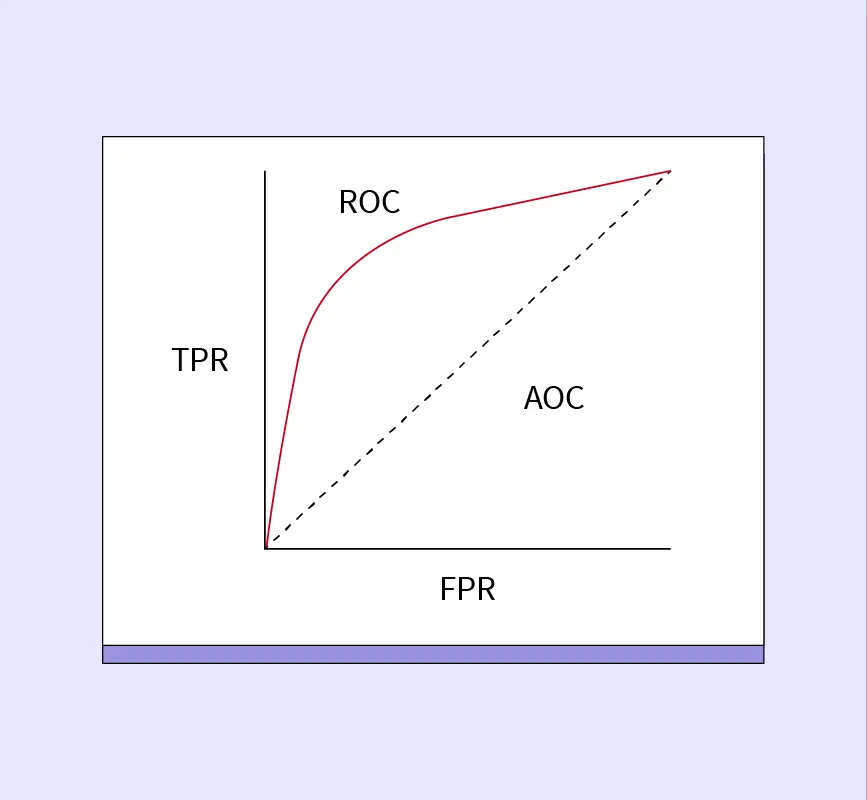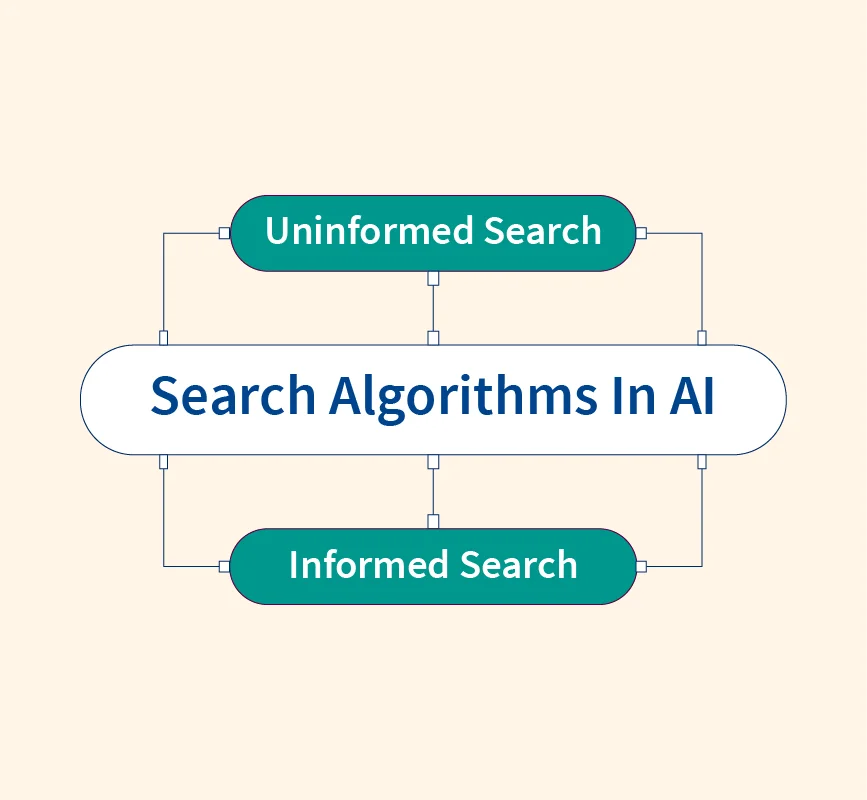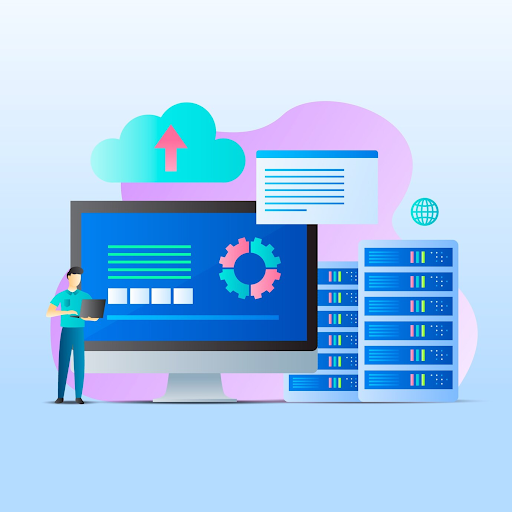Data science is one of the most in-demand careers today. With businesses increasingly relying on data to make decisions, the need for skilled data scientists has grown rapidly. Whether it’s tech companies, healthcare organizations, or even government institutions, data scientists play a crucial role in turning raw data into valuable insights. But how do you become a data scientist, especially if you’re just starting out? This guide will walk you through the key steps, skills, and tips to help you pursue this exciting career.
What is a Data Scientist?
A data scientist is someone who collects, analyzes, and interprets large amounts of data to help businesses make smarter decisions. They combine skills in programming, statistics, and domain knowledge to uncover trends, patterns, and insights hidden within data. The role of a data scientist goes beyond simple data analysis; they also build models and algorithms to predict future outcomes.
Data scientists often work with various tools and technologies like Python, SQL, and machine learning libraries to handle data. Their work involves cleaning data, visualizing trends, and creating models that can guide decision-making for companies.
What Does a Data Scientist Do?
A data scientist’s job revolves around solving problems using data. Their typical day-to-day tasks include:
- Collecting Data: Data scientists gather data from various sources such as databases, APIs, and online platforms.
- Cleaning Data: Not all data is ready for analysis, so they spend time cleaning and organizing it, removing errors, or filling in missing information.
- Analyzing Data: They explore the data to find patterns or trends that can answer business questions or improve processes.
- Building Models: Data scientists often create machine learning models to make predictions. For example, they might build a model to predict customer behavior or detect fraud.
- Communicating Insights: After analyzing the data, data scientists present their findings in simple terms through reports or visualizations, helping companies make data-driven decisions.
Data Scientist vs. Data Analyst: What’s the Difference?
While both data scientists and data analysts work with data, there are some key differences between the two roles:
- Data Analysts typically focus on interpreting existing data and creating reports. Their job is to identify trends and present findings in an understandable way to help companies make decisions. They usually work with tools like Excel, SQL, and data visualization platforms like Tableau.
- Data Scientists, on the other hand, go beyond analyzing existing data. They build models and use advanced techniques, like machine learning, to predict future outcomes. Data scientists often need more advanced programming skills and work with larger, more complex datasets.
In simple terms, data analysts explain what happened based on historical data, while data scientists predict what will happen in the future using advanced algorithms and models.
Steps to Become a Data Scientist
Step 1: Earn a Degree – Pursue an Undergraduate Data Science Degree
While a formal degree may not be mandatory for all data science roles, earning a bachelor’s degree in data science or a related field is one of the most reliable ways to gain a strong foundation. A degree program provides structured learning and covers essential subjects like programming, statistics, data analysis, and machine learning—key skills you’ll need as a data scientist.
Additionally, many companies prefer candidates with a formal education, as it shows a commitment to the field and a solid understanding of core concepts. A degree program also offers the opportunity to build a network of peers, professors, and industry contacts, which can be incredibly useful when job hunting. Furthermore, universities often provide access to internships and real-world projects, giving you valuable hands-on experience.
For those who may not have access to a traditional degree, online certifications and bootcamps are viable alternatives. However, pursuing a degree gives you an edge in the competitive data science job market, as it demonstrates both depth and breadth of knowledge in the field.
Step 2: Learn Relevant Data Science Skills
To become a successful data scientist, you need to master a variety of technical and soft skills. These skills will help you analyze data, build models, and communicate insights effectively.
Technical Skills
1. Programming Languages
Proficiency in programming languages is essential for any data scientist. The most commonly used languages are:
- Python: Known for its simplicity and versatility, Python is widely used in data science for data manipulation, visualization, and machine learning.
- R: A language popular in academic settings, R is designed for statistical computing and graphics, making it ideal for data analysis.
- SQL: Essential for querying databases and handling structured data, SQL helps extract and manipulate data from large datasets.
2. Mathematics
A strong foundation in mathematics is crucial for data science. Key areas include:
- Statistics: Understanding probabilities, distributions, and hypothesis testing is important for data analysis.
- Linear Algebra and Calculus: These are used for optimizing machine learning algorithms and working with large datasets.
3. Data Analysis and Visualization Tools
Data scientists need to know how to analyze and visualize data effectively using various tools:
- Pandas, NumPy: These Python libraries are essential for data manipulation and analysis.
- Matplotlib, Seaborn: Popular for creating graphs and visualizations that help communicate insights.
4. Web Scraping
Web scraping involves extracting data from websites. Knowing how to scrape data using tools like BeautifulSoup or Scrapy can be valuable when collecting unstructured data.
5. Data Mining and Warehousing
Data scientists should understand how to extract useful patterns from large datasets and store them efficiently in data warehouses. Tools like Hadoop and Spark help manage and process massive datasets.
6. Machine Learning and AI
Building machine learning models is a key part of data science. Knowledge of libraries like Scikit-learn, TensorFlow, and PyTorch is essential for training models and making predictions.
7. Big Data: Hadoop, Spark
For dealing with large-scale datasets, big data tools like Hadoop and Apache Spark are crucial. They enable data scientists to process and analyze vast amounts of data efficiently.
Transferable Skills
Apart from technical expertise, data scientists need soft skills to work effectively within teams and solve complex problems.
- Analysis: Being able to critically assess data and draw meaningful conclusions is vital.
- Communication: Clearly presenting findings to non-technical audiences is just as important as conducting analysis.
- Organization and Attention to Detail: Handling large datasets requires careful organization and attention to the smallest details.
- Problem-Solving: A data scientist’s job revolves around solving real-world problems through data.
- Collaboration: Data scientists often work with cross-functional teams, requiring effective teamwork.
- Creativity: Thinking outside the box to develop innovative models and approaches is a valuable asset.
- Business Acumen: Understanding the business context of data ensures the insights are actionable and relevant.
Data Science Skills Table
| Skill Category | Description |
| Programming Languages | Python, R, and SQL are essential for data manipulation and analysis. |
| Mathematics | Statistics, linear algebra, and calculus form the backbone of data science. |
| Data Analysis and Visualization Tools | Tools like Pandas, NumPy, Matplotlib, and Seaborn help analyze and visualize data. |
| Web Scraping | Web scraping tools like BeautifulSoup and Scrapy are useful for collecting data from websites. |
| Data Mining and Warehousing | Understanding tools like Hadoop and Spark helps extract patterns and store data efficiently. |
| Machine Learning and AI | Libraries like Scikit-learn, TensorFlow, and PyTorch are important for building predictive models. |
| Big Data | Big data tools like Hadoop and Spark are crucial for processing large-scale datasets. |
| Analysis | Critical thinking to assess data and derive meaningful conclusions. |
| Communication | Presenting complex findings in simple terms for non-technical audiences. |
| Organization and Attention to Detail | Meticulous attention is needed to handle large, detailed datasets. |
| Problem-Solving | Solving real-world problems with data and models. |
| Collaboration | Effective teamwork in cross-functional teams. |
| Creativity | Creativity to approach problems and models in unique ways. |
| Business Acumen | Understanding the business implications of data-driven insights. |
Step 3: Opt for Entry-Level Data Analytics Job (or Similar Role)
Starting in an entry-level data analytics role is one of the most practical ways to build experience and understand how data science works in real-world settings. In these roles, you’ll be responsible for tasks such as gathering, cleaning, and interpreting data, which are foundational skills for any data scientist. More importantly, you’ll gain exposure to the tools and workflows that professionals use every day, preparing you for more advanced roles in the future.
Why start with an entry-level data role?
- Hands-on experience with data: Entry-level roles allow you to work directly with data, enhancing your ability to manipulate and analyze large datasets.
- Exposure to industry tools: You’ll become familiar with tools such as Excel, SQL, Tableau, Python, and R, which are widely used in the field.
- Understanding workflows: These positions teach you how data flows through a company and how to use it to solve business problems, giving you context for how data scientists operate.
- Mentorship opportunities: Many companies offer mentoring, providing you with guidance and insights as you continue to develop your data science skills.
- Skill-building in reporting and visualization: You’ll develop essential skills in reporting and presenting data insights through visualizations, which is key for future data science roles.
Common entry-level positions:
- Data Analyst
- Business Analyst
- Junior Data Scientist
- Operations Analyst
In any of these roles, you’ll have the opportunity to build a strong foundation of skills, learn the business applications of data, and prepare yourself for more complex tasks like building machine learning models or conducting predictive analytics as a full-time data scientist.
Step 4: Excel in Data Science Tools
To become a proficient data scientist, it’s crucial to master the various tools and technologies used in the field. These tools will help you collect, clean, analyze, and visualize data, as well as build models for prediction and classification. Excelling in these tools will not only make you more efficient in your work but also significantly increase your employability.
Key Data Science Tools to Master:
1. Programming Languages:
- Python: Widely used for data manipulation, machine learning, and automation.
- R: A great tool for statistical analysis and data visualization.
- SQL: Essential for querying databases and retrieving structured data.
2. Data Visualization Tools:
- Tableau: A leading tool for creating interactive data visualizations.
- Power BI: Helps create dashboards and reports for non-technical stakeholders.
- Matplotlib & Seaborn (Python Libraries): Perfect for creating detailed graphs and charts.
3. Machine Learning Libraries:
- Scikit-learn: A simple and efficient tool for building machine learning models.
- TensorFlow & PyTorch: Advanced libraries used for deep learning and building neural networks.
4. Data Wrangling Tools:
- Pandas & NumPy: Used for data manipulation and analysis in Python.
- Excel: While basic, Excel is still widely used in many industries for quick data processing tasks.
5. Big Data Tools:
- Apache Hadoop: Enables the processing of large datasets across clusters of computers.
- Apache Spark: Helps with large-scale data processing and real-time analytics.
Why Master These Tools?
- Efficiency: Knowing how to use the right tools makes it easier to handle large datasets and complex analysis.
- Competitive Advantage: Mastering these tools makes you stand out in a competitive job market.
- Versatility: These tools are used across various industries, from finance to healthcare, making you a valuable asset.
- Problem Solving: Advanced tools allow you to build predictive models and solve complex business problems.
By mastering these tools, you’ll be well-prepared for the challenges that come with a data science career and be able to apply them in various scenarios, from building machine learning models to creating insightful visualizations.
Step 5: Prepare for Data Science Interviews
Once you’ve built up your skills and experience, the next step is to prepare for data science interviews. These interviews typically involve a mix of technical challenges, problem-solving exercises, and behavioral questions. Preparing well for these interviews will boost your confidence and increase your chances of landing your dream data science role.
Key Areas to Focus On:
- Coding Challenges: Many data science interviews include coding tests to assess your proficiency in Python, R, or SQL. You’ll likely be asked to solve problems related to data manipulation, analysis, or basic algorithms.
- Practice: Platforms like LeetCode, HackerRank, and Kaggle are great resources for practicing coding challenges.
- Machine Learning Concepts: Be ready to explain key machine learning algorithms like regression, classification, clustering, and decision trees. You should also understand concepts like overfitting, cross-validation, and model evaluation metrics (e.g., accuracy, precision, recall).
- Tip: Review popular machine learning libraries like Scikit-learn, TensorFlow, and PyTorch.
- Data Analysis Problems: Employers often give real-world data problems where you’ll need to analyze a dataset, identify patterns, and present your insights.
- Practice: Kaggle datasets are great for hands-on practice. Focus on visualizing data, identifying key trends, and using tools like Tableau or Python’s Matplotlib and Seaborn libraries.
- Portfolio: Showcase your projects and skills through a portfolio. Include real-world data projects that demonstrate your ability to clean data, build models, and generate insights. Having a strong GitHub profile with completed projects and notebooks is highly recommended.
- Behavioral Questions: Apart from technical skills, companies want to assess how well you can communicate and work within a team. Be prepared to answer questions about your experience working on data projects, how you handle challenges, and how you’ve contributed to solving business problems.
Tips for Success:
- Mock Interviews: Practice mock interviews with peers or use online platforms like Interviewing.io to simulate real interview experiences.
- Study Real-World Use Cases: Review how companies are using data science to solve problems. This will help you answer questions about applying data science techniques to business problems.
- Stay Updated: Data science is a rapidly evolving field, so stay informed about new technologies and trends. Mentioning these in interviews can make you stand out.
Step 6: Start Your Data Science Career
Now that you’ve acquired the necessary skills, experience, and preparation for interviews, it’s time to launch your data science career. Breaking into the field can be challenging, but with the right strategy, you can land your first data science role and start making an impact.
Key Steps to Take:
- Update Your Resume: Tailor your resume to highlight relevant skills and experience in data science. Make sure to include technical skills like programming, machine learning, and data analysis, as well as any projects that demonstrate your ability to solve real-world problems.
- Tip: Use clear, concise bullet points to showcase your skills, projects, and outcomes. Quantify your results wherever possible (e.g., “Increased model accuracy by 20% using feature engineering techniques”).
- Build a Strong Online Presence: Create a professional online presence to showcase your work. Having a portfolio website or GitHub profile where potential employers can see your data science projects is highly recommended.
- LinkedIn Profile: Optimize your LinkedIn profile to reflect your data science skills and experience. Engage in data science communities, follow industry leaders, and share your insights.
- Research Companies and Positions: Identify companies that use data science in innovative ways and look for roles that match your interests and skills. Research the companies, their tech stacks, and the kinds of projects they work on to align your applications more effectively.
- Tip: Consider startups as well as established companies, as both can offer valuable learning experiences.
- Networking: Networking is a powerful tool in the job search process. Attend data science conferences, join online communities (like Kaggle or Stack Overflow), and connect with data scientists on LinkedIn. Engaging in meaningful conversations with industry professionals can open doors to job opportunities and mentorship.
- Tip: Don’t be afraid to reach out to data scientists for informational interviews. This can give you insights into their career paths and advice on breaking into the field.
- Apply Strategically: Apply to positions that align with your qualifications and career goals. Customize your cover letter for each application, emphasizing your skills and how you can add value to the company. Highlight your projects and practical experience to show your readiness for the role.
- Tip: Don’t get discouraged if you don’t get hired immediately. The field is competitive, but persistence and continuous improvement of your skills will pay off.
Keep Learning and Adapting
Data science is an ever-evolving field. As new tools and techniques emerge, continuous learning will be key to staying relevant. Keep honing your skills through online courses, attending webinars, and working on side projects to keep your knowledge up to date.
Conclusion
Becoming a data scientist involves a mix of education, skill development, and practical experience. By earning a degree, mastering tools and techniques, and gaining real-world experience, you can confidently step into the field. Starting in an entry-level role provides a solid foundation, while building a portfolio and staying updated with industry trends will help you stand out.
Data science offers endless opportunities for growth, and with the right approach, you can build a successful career and make an impact in the data-driven world.


